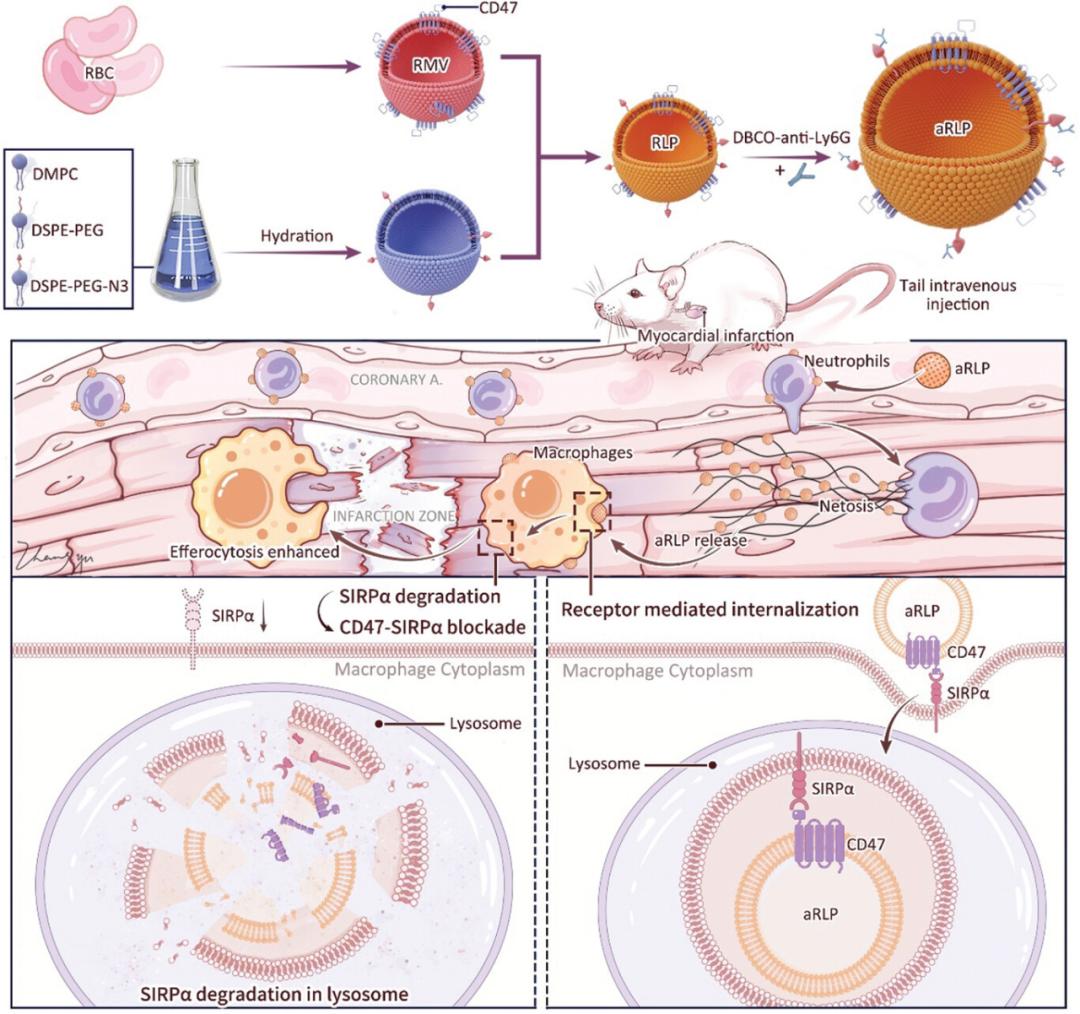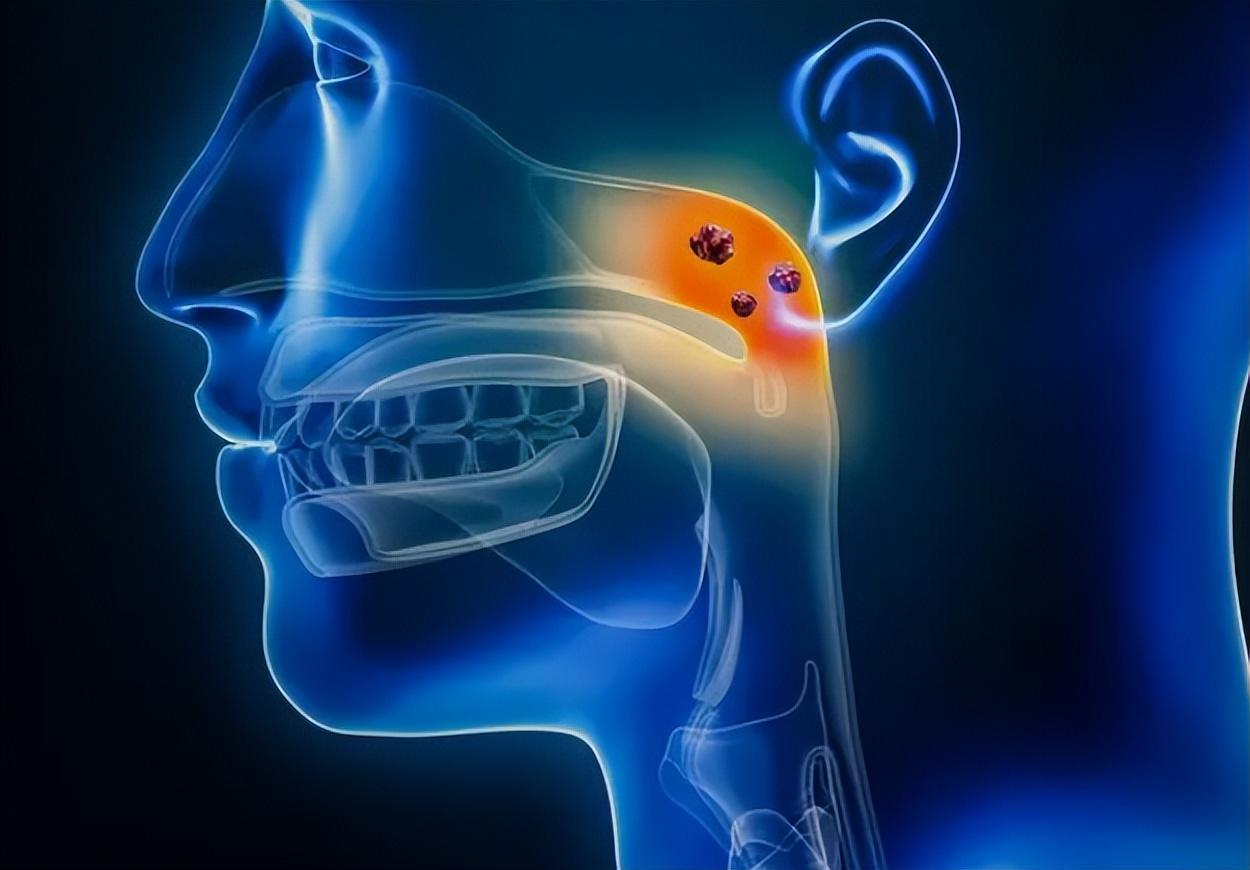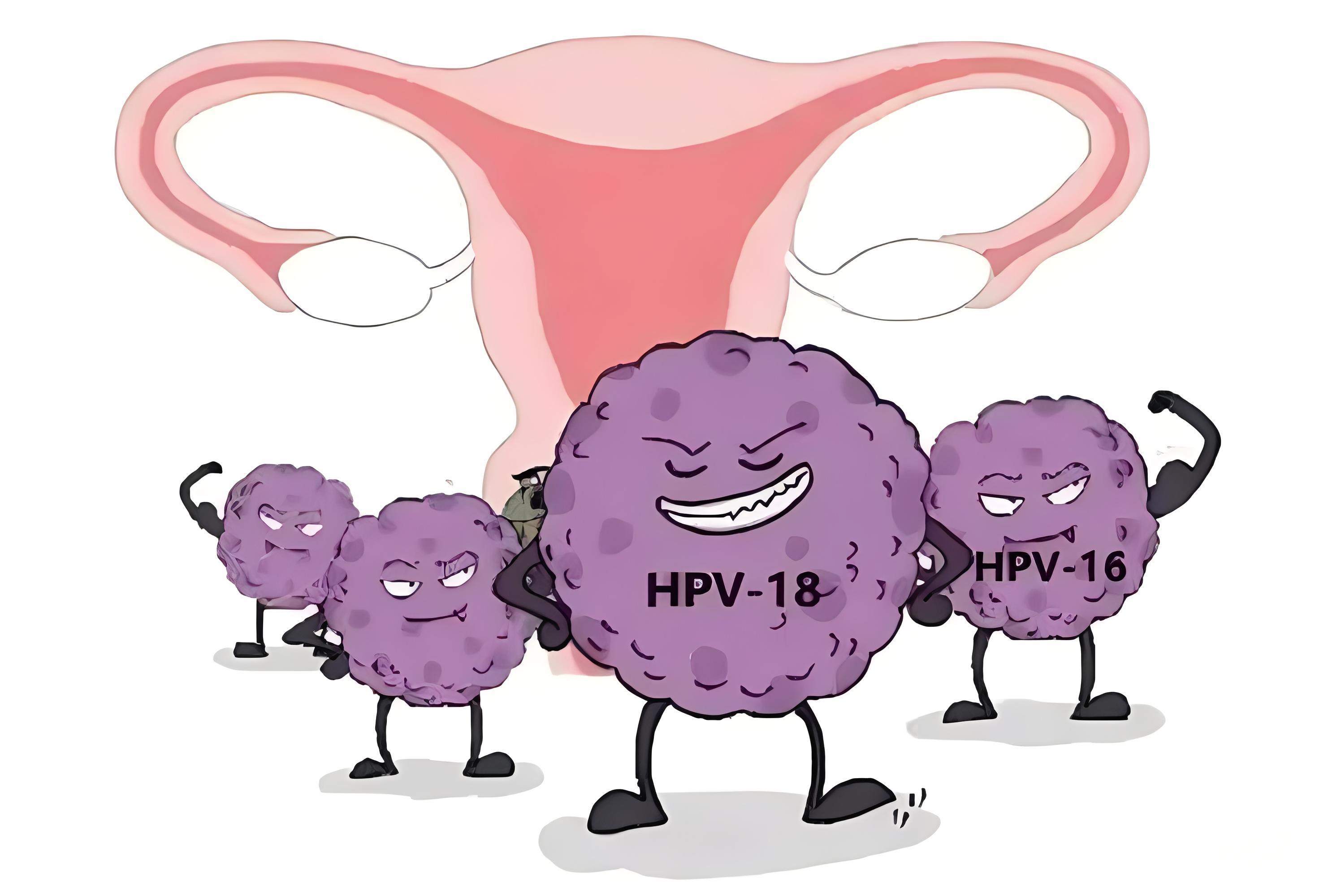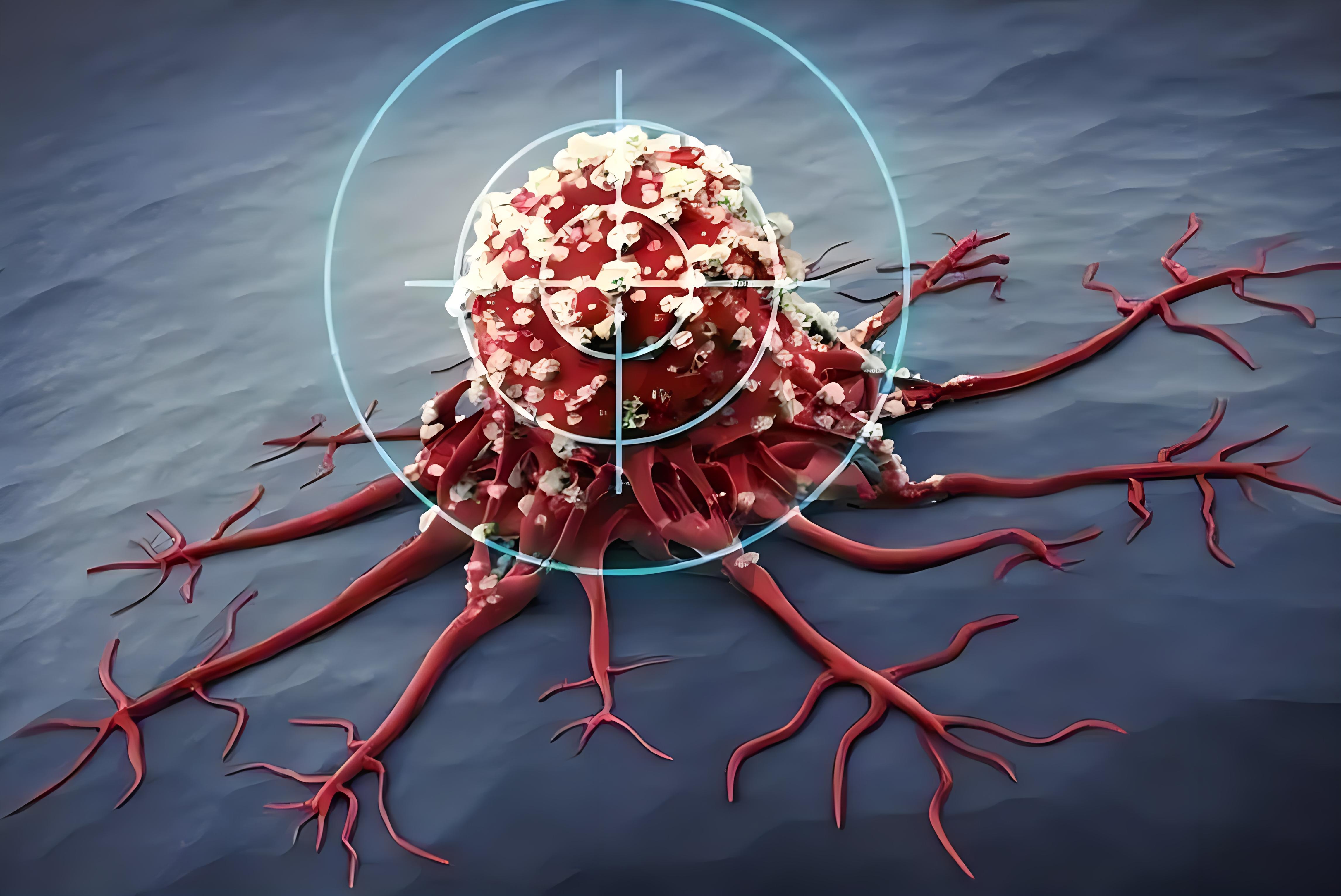On March 13th, Ge Junbo, Huang Zheyong, and Song Yanan from Fudan University jointly published an online article titled "Biological Nano Degrader Based CD47-SIRP" in the journal ADVANCED SCIENCE α The research paper "Immune Checkpoint Inhibition Promotes Macrophage Effect for Cardiac Repair" provides a CD47-SIRP based on biomimetic nanosystems α The immune checkpoint suppresses protein degradation strategy, which can effectively degrade POI, surpassing the inherent limitations of traditional TPD methods, and has significant clinical translational potential.
01/ Research background
As an innate immune checkpoint, CD47-SIRP α The axis plays a crucial role in maintaining tissue homeostasis and the pathophysiological processes of various diseases, including tumor evasion, cardiovascular disease, and stem cell transplantation. It was initially discovered to maintain a "self labeling" long cycle effect on blood cells, and later revealed that malignant cells use it to evade immune phagocytosis by macrophages. Recently, pathologically elevated CD47 and CD47-SIRP α Abnormal activation has been demonstrated to be associated with susceptibility to atherosclerotic plaque and poor cardiac remodeling after acute myocardial infarction. Blocking this axis has been shown to promote the efficacy of tumor control and stem cell transplantation, as well as the exocytosis of apoptotic cells in cardiovascular disease and fibrosis. Based on its crucial role in regulating cell fate, CD47-SIRP α Axis may become a promising therapeutic target for various human diseases.
Currently targeting CD47-SIRP α The treatment methods for axis mainly focus on tumor indications, involving the use of monoclonal antibodies and fusion proteins. These interventions have shown promising progress in both preclinical and clinical studies. However, direct administration of antibodies is limited by targeted anti-tumor toxicity and the occurrence of antigen sinks. In addition, antibody based inhibitors are often associated with high cost, storage challenges, increased immunogenicity risks, and short half-lives in biological systems, which hinder their widespread application. Therefore, there is an urgent need to develop new therapeutic strategies to block CD47-SIRP in a spatially specific manner α Immune checkpoint.
02/ Research findings
This article develops a biomimetic nanodegrading agent through SIRP α Degradation inhibits CD47-SIRP in a site-specific manner α Axis and evaluate its efficacy in acute myocardial infarction (AMI). Nanodegradants are constructed by hybridizing liposomes with red blood cell (RBC) membranes (RLP), simulating the CD47 density of aging red blood cells and exhibiting SIRP on macrophages α It has a natural high affinity binding ability and no signal transduction ability. RLP and SIRP α Binding and inducing lysosomal degradation through receptor mediated endocytosis. To enhance its tissue specificity, Ly6G antibody conjugation (aRLP) was applied to enable it to adhere to neutrophils and accumulate at the site of inflammation. In a myocardial infarction model, aRLP accumulates in the infarcted myocardium and blocks CD47-SIRP α Axis, followed by promoting the exocytosis of apoptotic cardiomyocytes through macrophages, improves cardiac repair. This nanodegrading agent can effectively degrade SIRP in lysosomes α, Provide new strategies with enormous clinical translational potential for immunotherapy.
03/ research conclusion
In summary, this study provides a CD47-SIRP based on biomimetic nanosystems α The immune checkpoint suppresses protein degradation strategy, which can effectively degrade POI, surpassing the inherent limitations of traditional TPD methods, and has significant clinical translational potential.
Reference materials:
https://onlinelibrary.wiley.com/doi/10.1002/advs.202306388
Note: This article aims to introduce the progress of medical research and cannot be used as a reference for treatment plans. If you need health guidance, please seek medical attention at a reputable hospital.






















COMMENT